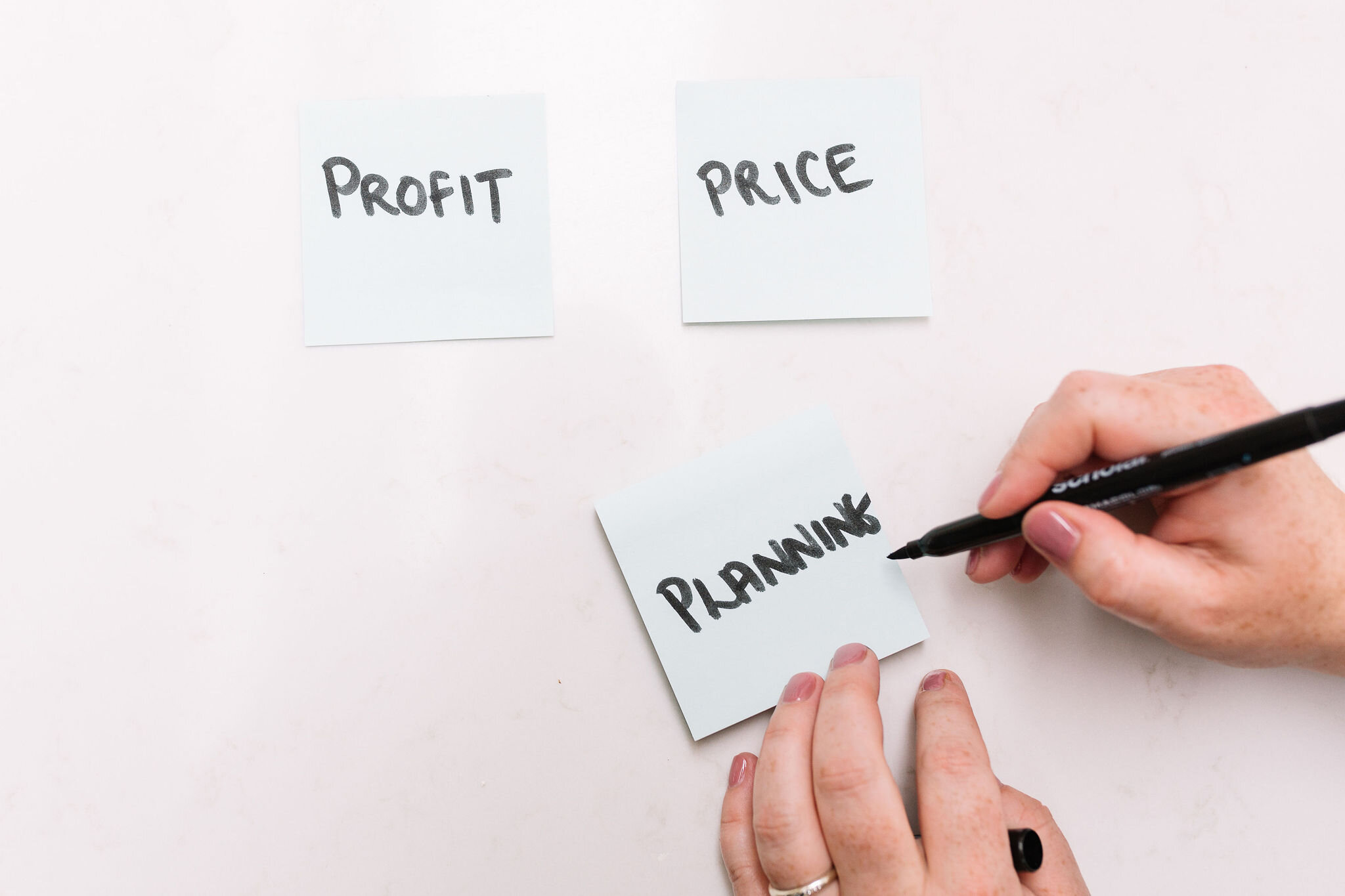Starting a retail business can be really scary. You have to make a lot of decisions, fast. It’s hard to know sometimes where to put your attention.
How To Calculate A Profit Margin For Your Retail Business
When you’re struggling to figure out where to put your time and effort, it is useful to remember the following fact: There is only one way your retail business makes money. It doesn’t matter how simple or complicated your small retail business is, your only source of income is the difference between what you pay to make or buy your product, and the price that you charge your customers.
Understanding this dynamic will help you grow your small retail business in a sustainable way. This is just as true for big retailers. Imagine a company the size of M&S and how many different costs that they have to cover. They have rent, wages for thousands of people, electricity bills, warehouses, lorries and millions and millions of pounds of stock to mention just a few. OK, they may have a couple of other sidelines, but the vast majority of the money that covers ALL of those expenses comes from one place – the difference between what they paid for their goods, and what they charge for them.
In retail terms, this gap is known as the margin you make on each product, and in big retailers, there are whole teams of people who obsess over this number. You have to be obsessed too. You have to have this same level of obsession within your own small retail business and it starts with the following process. For every single product that you sell, work out how much money you have made after all of the costs.
Factor in EVERY cost
What I have said so far is not revolutionary, but it’s a common mistake that retail businesses make. They factor in the cost of the materials, but forget that they cover the postage. They forget to factor in the cost of their own time that they took to make the item. They forget that they send each order wrapped in a beautiful glossy box with a gorgeous ribbon on, which can end up costing as much as the item in the box.
I have even heard of a major high street retailer who didn’t look at how much it cost to ship their beautiful cushions in from the Far East. When they ran the numbers, it turns out that they didn’t make ANY money on those items! Someone spent hours designing them, people worked with the supplier to have them manufactured, they were packed up, shipped over, sent out to stores, the sales people spent time explaining how great they were, and when the customer took it home, the retailer made NO money! In fact, they would have made MORE money if they didn’t even sell the cushions!
Now, they had other products making them money, so this mistake didn’t kill them. But how long could you survive if it turned out that you weren’t actually making enough money on what you were selling?
The profit margin calculations
The profit margin is the % of the selling price that is profit. So if you sell a £10 product that is £7 profit, your profit margin is 70%. It is also known as Retail Gross Profit. Net Profit is your Retail Gross Profit – Any Other Business Costs. Ideal profit margin should be at least 50% for selling directly. If you want to wholesale, it will need to be closer to 70%.
The calculation Profit Margin (Non VAT) = (Selling Price – Total Product Costs)/Selling Price x 100
Profit Margin (VAT Inc) = ((Selling Price/1.2)-Total Product Costs)/(Selling Price/1.2) x 100
Below I have listed what to include in the product costs for both manufacture and handmade goods.
Manufactured goods:
Supplier cost price
Shipping to you
Duty
Packaging
Shipping to customer
Handmade goods:
Materials
Shipping to you
Hourly rate
Packaging
Shipping to customer
If you enjoyed the blog post take a look at this post ‘7 effective ways to boost your confidence when starting a small business‘ and my Forbes article ‘Growing Small Business Sales With No Money – Marketing On A Budget In 2023‘.







